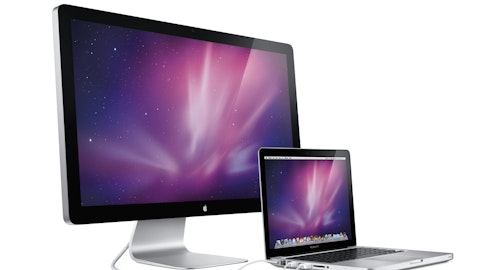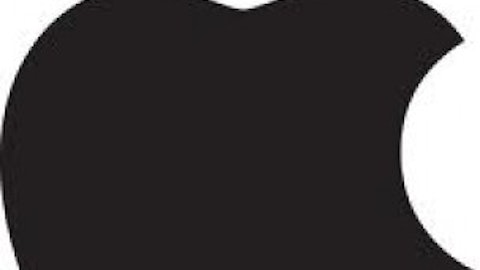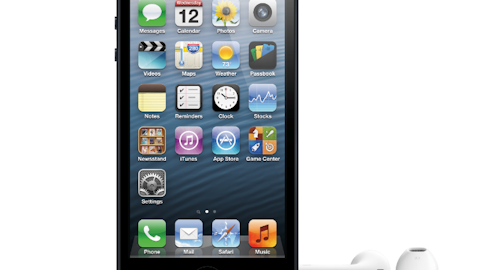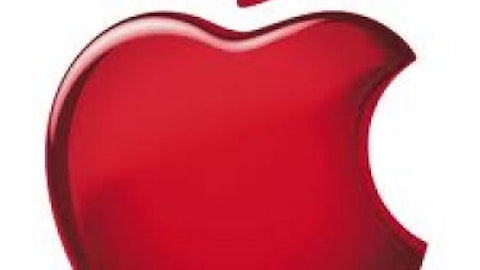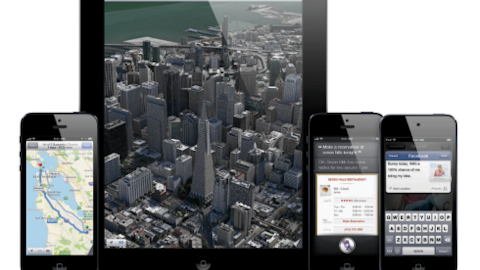With the iPhone offering 20%-30% higher gross margins than the iPod or Mac lines, this mix shift away from lower-margin products towards the iPhone should provide a gross margin tailwind of 1%-1.5%.
We are also likely to see a mix shift within the iPhone line towards lower-priced older models. I was recently in Best Buy Co., Inc. (NYSE:BBY) when another customer asked for some advice about whether to buy the iPhone 5 or the iPhone 4S. Best Buy was offering a special discounted price of $49 for the 4S with a two-year contract (and free for open box or refurbished models). Like many others, the customer who approached me ultimately chose to buy an iPhone 4S.
Older iPhone models still provide a very good user experience, so many people are opting for those lower priced phones. A survey by Consumer Intelligence Research Partners showed that 32% of iPhone buyers opted for the iPhone 4 or 4S in the first month after the iPhone 5’s release, whereas only 10% of iPhone buyers chose older models when the iPhone 4S came on the market. (Part of this shift was probably the result of iPhone 5 shortages.)
While the iPhone 4 and 4S offer lower profit per device than the iPhone 5, they offer higher gross margins on a percentage basis. For example, Apple Inc. (NASDAQ:AAPL) offers the iPhone 4 unlocked for $450 (or free with a carrier subsidy), but IHS iSuppli estimated the bill of materials at less than $200 in June, 2010. With memory and display prices having dropped significantly since then, the COGS (cost of goods sold) is probably around $150 now. After accounting for logistics/selling costs, Apple should still earn more than $200 in profit per device (i.e. more than 50% gross margins).
So while I expect the iPhone’s ASP to drop from $660 last year to roughly $630 last quarter, the product’s gross margins should still hold at 50% or above. (For reference, iPhone gross margins ranged between 49% and 58% between April 2010 and March 2012.)
Will competition lead to price chopping?
As noted above, the iPhone is the primary driver of Apple’s high gross margins. Some observers are worried that rising competition from Samsung, as well as a resurgent Nokia Corporation (NYSE:NOK) or Research In Motion Limited (NASDAQ:RIMM) will soon force Apple Inc. (NASDAQ:AAPL) to cut prices or introduce a lower-cost smartphone in order to maintain market share.
RIM is introducing the new line of “Blackberry 10” phones in two weeks. These phones have some innovative new features, but the all-touch versions clearly take their cues from the iPhone. RIM has been losing smartphone market share for several years, and while the new OS may be able to stem the tide, it’s unlikely to jumpstart rapid growth. While Apple sold roughly 125 million iPhones in FY12 alone, there are only 80 million Blackberry users worldwide.
